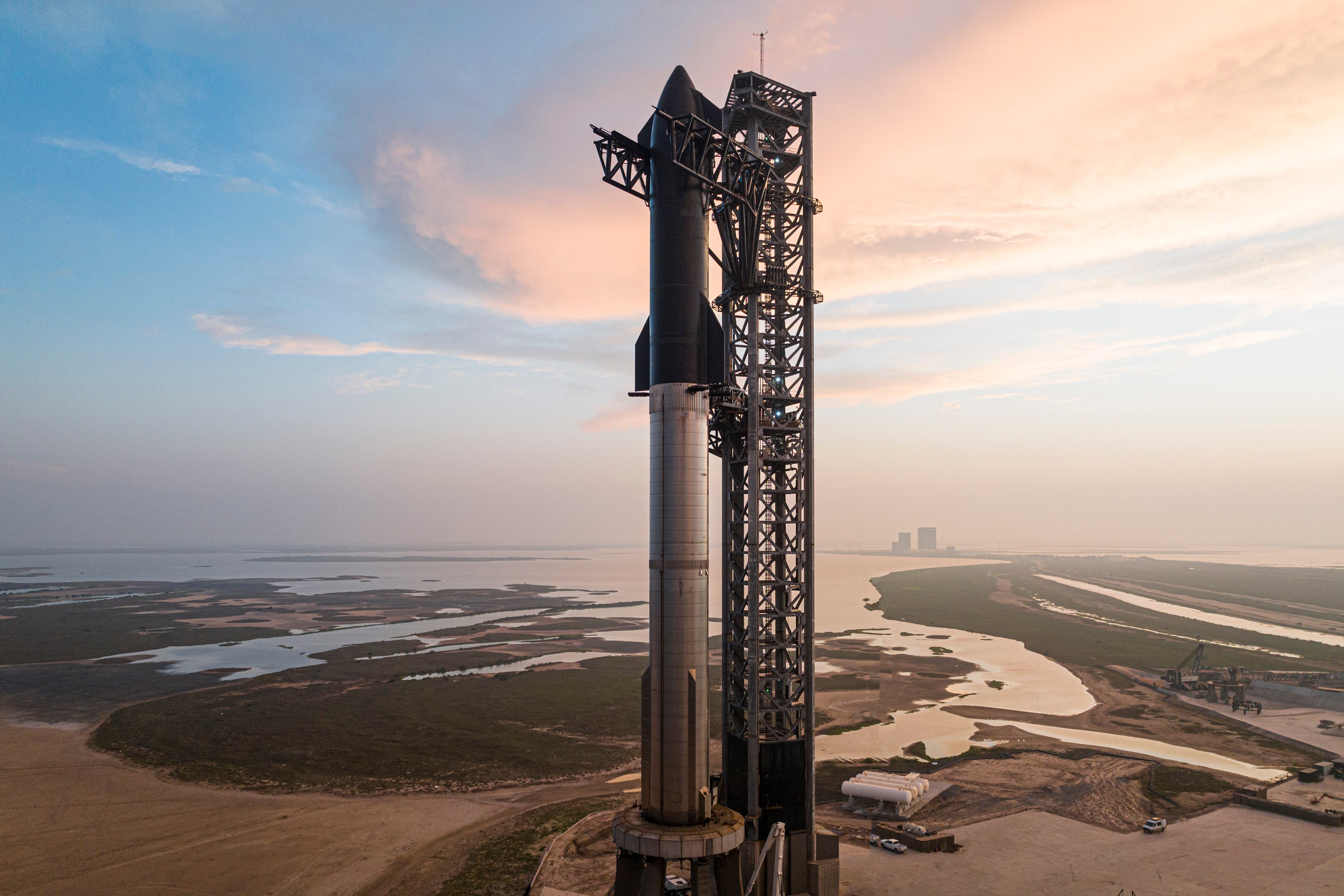Elon Musk to launch biggest ever rocket after dramatic failure

SpaceX will attempt to launch its Mars-bound Starship rocket within the next eight weeks, Elon Musk has announced.
It will be the second time SpaceX has attempted an orbital launch of its Starship system, which is the biggest and most powerful rocket ever developed.
The first attempt at an orbital Starship launch took place in April, ending in a dramatic explosion just minutes after lift-off.
Responding to a request on Twitter for an update on Starship, Mr Musk said the next test would be in “6 to 8 weeks”.
The SpaceX boss has previously said that he hopes to build an entire fleet of Starship rockets in order to transport people and cargo across the Solar System.
The private space company has already signed a mult-billion dollar deal with Nasa to use Starship for its Artemis programme, which aims to return humans to the Moon within the next few years.
The launch site for the next orbital flight test will be from SpaceX’s Starship facility in Texas. If successful, the rocket will then complete a 90 minute journey around the Earth before touching down off the coast of Hawaii.

No crew will be aboard the stainless steel Starship, which stands 120 metres tall and is capable of 16.7 million pounds of thrust – twice the power of the Saturn V rocket that took humans to the Moon.
The size of the rocket, which has two main stages, means it is powerful enough to lift up to 250 tons into orbit, or carry 100 people on a trip to Mars.

Join our commenting forum
Join thought-provoking conversations, follow other Independent readers and see their replies
0Comments